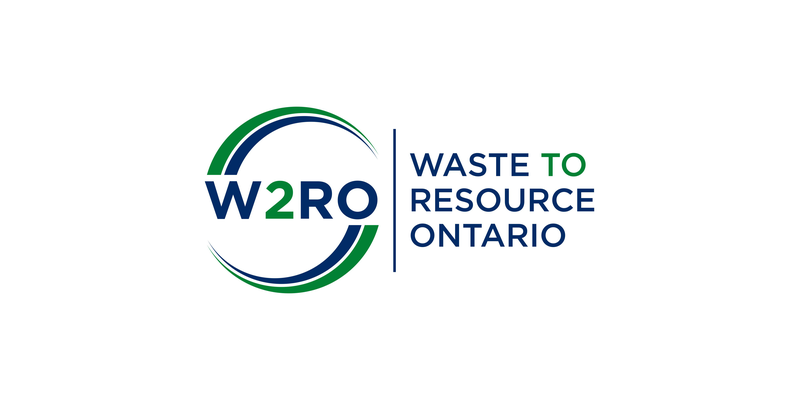-
Landfills
Safe and reliable waste disposal options, such as landfills, are an essential part of managing waste materials in Ontario that are not reused and recycled.
Background
W2RO’s most recent 2021 Landfill Report found that:
- Based on the current landfill capacity depletion rate, Ontario’s available landfill capacity is expected to be exhausted in 12 years, by the year 2032. If the United States were to prohibit Ontario waste from crossing the border, Ontario’s landfill capacity will be exhausted by 2028.
- Ontario’s 805 active public and private sector landfill sites have remaining capacity of 122 million tonnes. Most of this remaining capacity is in just a small number of large landfill sites, with 82% of remaining capacity held by just 15 landfill sites (both private and public).
- In 2017, Ontario landfills received a total of 8.1 million tonnes of waste, up 5% from W2RO’s 2016 Landfill Report. In addition, 3.5 million tonnes of waste was exported during the year to landfills in the United States, primarily to Michigan and New York.
Ensuring adequate disposal capacity for Ontario’s solid waste within our own borders is an economic and environmental necessity for communities, people and businesses across the province.
To address Ontario’s current disposal deficiency, a number of expanded or new landfill sites are currently being proposed. Ontario’s main waste disposal capacity problem is that the approval process for new or expanded landfill sites is excessively long, and fraught with uncertainty on decision outcomes.
The time required to obtain all necessary approvals is burdened with unreasonable delays. Some projects take over two years at the preliminary Terms of Reference stage, and another three to five years during the Environmental Assessment and consultation stage. The entire approval process can take up to ten years before a final decision is issued by the Ministry.
Recommendations
- The Ontario government must expedite the landfill approval process to ensure adequate waste capacity is available for the future, while meeting provincial environmental protection standards. The environmental assessment process must be modernized and streamlined to reduce unnecessary delays and costs.
- The provincial government must retain final decision-making authority over landfill approvals. W2RO supports reviewing the Code of Practice requirements under the environmental assessment process to ensure robust and constructive consultations and engagement with host municipalities.
Monitoring Landfill Capacity in Ontario
In 2015, Waste to Resource Ontario (W2RO) embarked on a major data collection and analysis initiative to better understand data related to waste management in the province. This State of Waste Report on Ontario’s landfill capacity – a living document that is expanded and refined based on the needs of the sector.
This data has been critical in helping guide policy decisions for the waste management sector, enabling those in the industry to make better business decisions; and provides better information to inform and educate the broader public. The data collected questions many assumptions such as the available remaining capacity in landfills and the amount of waste disposed of annually.
It is important to underline that this report highlights the critical need to collect and analyze data in the sector. Before more complicated analysis can be done, it is important to ensure the integrity of the data and the rigor applied to data collection. While the database used in this report is more comprehensive and accurate than anything currently in place, it is an evolving repository – with W2RO continuing the process of adding to and refining it. It is also important to ensure data is being captured and analyzed in the most accurate manner – this becomes increasingly important as waste composition changes over time.
Documents
2021 State of Waste in Ontario: Landfill Report
2018 State of Waste: Ontario Landfill Report
Ontario Needs New Landfills - Briefing Note (Summer/Fall 2020)
Briefing Note: Summer/Fall 2021

